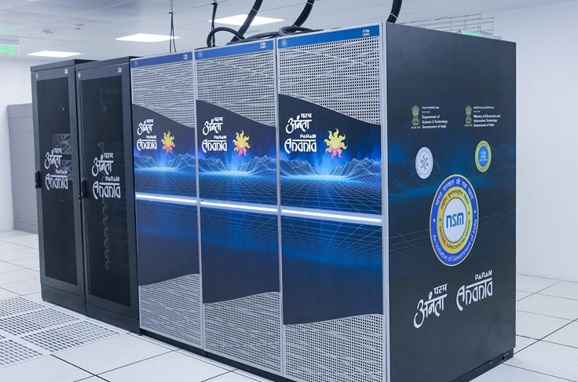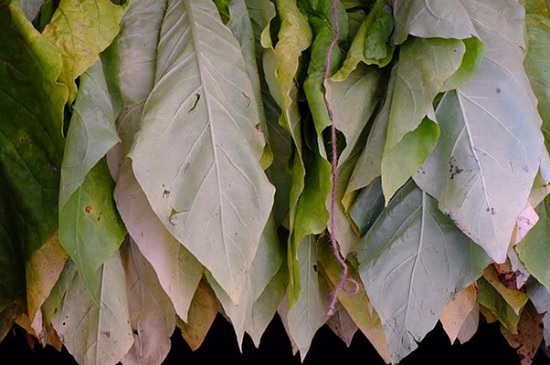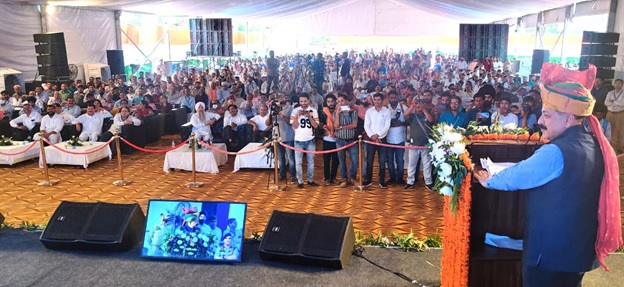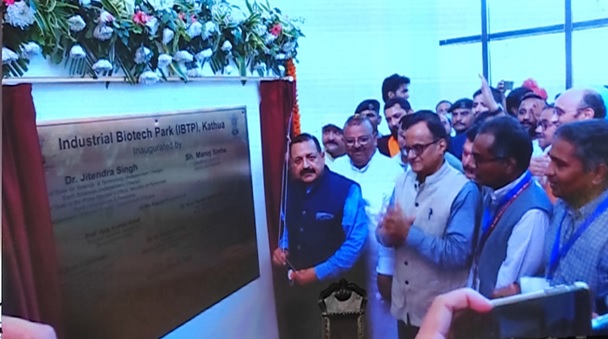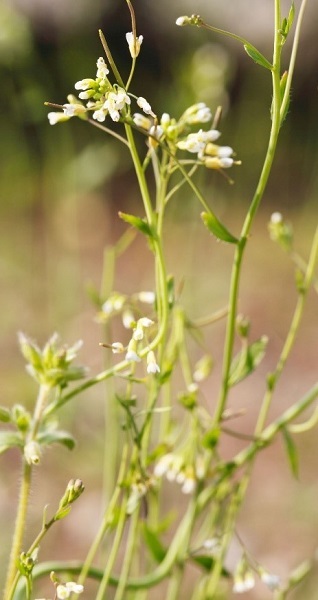
Arabidopsis thaliana
The ultimate source of iron in our diet is plants, either directly or indirectly. As plant-based diets are not high on iron, anaemia due to iron deficiency is the most prevalent cause of nutritional deficiency that affects nearly 30% of the world's population. Researchers from Mohali’s Indian Institute of Science Education and Research (IISER), and National Agri-Food Biotechnology Institute, have studied the iron uptake by plants that may help produce nutrient rich crops.
Plants mainly get iron from the soil through their roots. Although iron is present in abundance in soil, the majority of it is present in an insoluble form. As a result, plants have adopted different strategies to uptake this insoluble iron from the soil. It is estimated that one-third of the Earth’s soil is iron deficient. Under such inadequate conditions, plants increase the iron uptake from soil and reduce iron storage to maintain iron homeostasis, which is holding the optimum levels of iron.
“In our study, we have investigated the role of the Elongated Hypocotyl 5 (HY5) gene (known to be involved in nitrogen, phosphorus and copper uptake). This gene is important for root growth under iron-limiting conditions. It positively regulates iron uptake and homeostasis in Arabidopsis thaliana under iron deficiency conditions. In addition to this, it also positively impacts iron uptake by negatively regulating the expression of Brutus (BTS) and Popeye (PYE), which act as a repressor of the iron uptake pathway,” the research team informs India Science Wire.
The team has studied this uptake and homeostasis in the model plant, Arabidopsis thaliana, under iron deficiency.
Plants mainly get iron from the soil through their roots. Although iron is present in abundance in soil, the majority of it is present in an insoluble form. As a result, plants have adopted different strategies to uptake this insoluble iron from the soil. It is estimated that one-third of the Earth’s soil is iron deficient. Under such inadequate conditions, plants increase the iron uptake from soil and reduce iron storage to maintain iron homeostasis, which is holding the optimum levels of iron.

Biofortification, which means increasing the iron content of edible plant parts, is a sustainable approach to overcoming human iron deficiency. Research on iron uptake and homeostasis in a model organism like Arabidopsis thaliana has accelerated the production of iron-biofortified crops. However, the detailed mechanism utilized by the plants still needs to be discovered, as majority of the soils in the world are iron-deficient.
“It is known that HY5 functions are conserved across species. So, the knowledge gained on HY5 function in regulating iron uptake and homeostasis in the model plant can be further extended to crop plants such as Rice, Tomato, and Wheat to improve iron uptake and homeostasis,” researchers mention.
The researchers have also performed genetic crossings to make a double mutant BTS and HY5 to further understand the molecular mechanism and confirm the position of HY5 in the iron deficiency signalling pathway in Arabidopsis thaliana.
“Understanding the molecular mechanism underlying the root growth responses will have critical implications for plant breeding. This could be highly helpful in improving agronomic traits such as nutrient use efficiency and modification of root traits to produce better quality crops,” researchers explain.
The research team comprises Samriti Mankotia, Dhriti Singh, Kumari Monika, Muskan Kalra, Himani Meena, Varsha Meena, Ram Kishor Yadav, Ajay Kumar Pandey, and Santosh B. Satbhai. The study has been published in The Plant Journal.
India Science Wire
ISW/SM/IISER/iron uptake/Eng/23/03/2023

